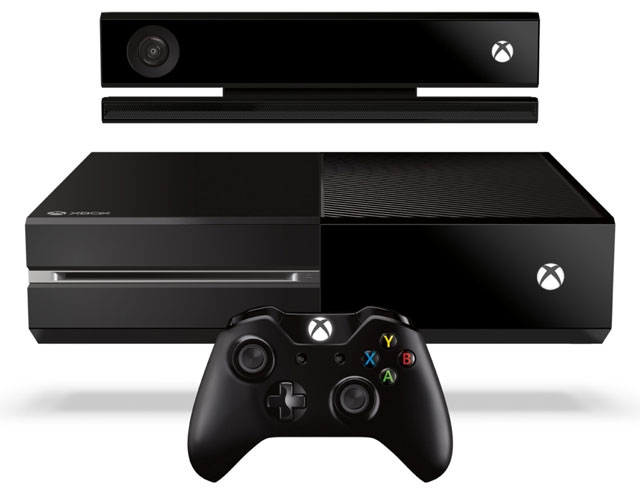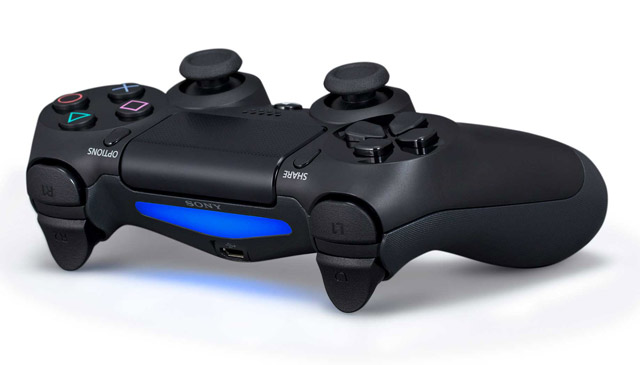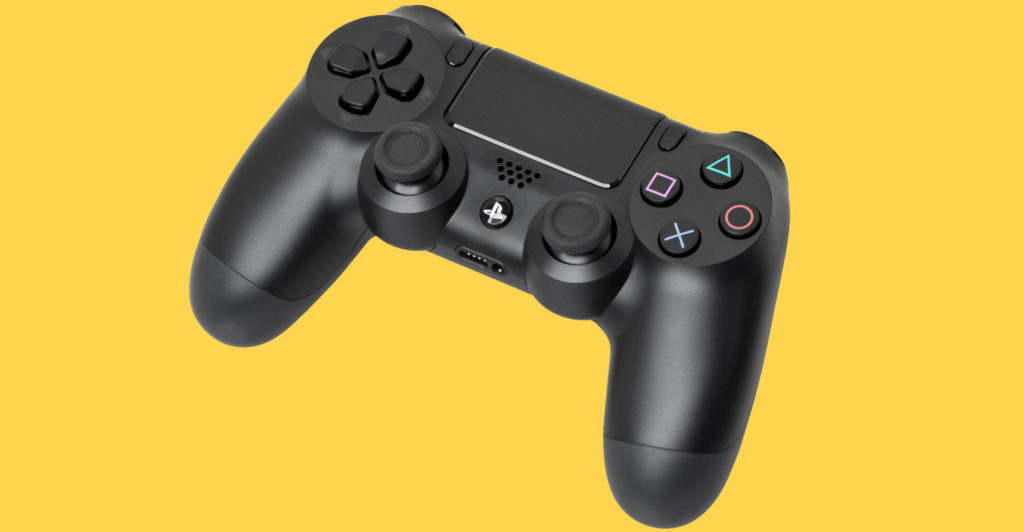Previous page: Introduction

Specs and hardware
Rather than using cutting-edge technology as they did in the last console generation, Sony and Microsoft have effectively built midrange PCs based on customised AMD components this time around. The aim is to achieve a cost/performance balance that will allow them to be more profitable than they were during the difficult PS3/Xbox 360 generation.
The new consoles focus on ergonomics, cooling, power efficiency, silent operation and reliability as much as they do on processing muscle. So don’t expect to be wowed by their visuals if you’ve seen how modern games such as Metro: Last Light or Crysis 3 look on a decent PC gaming rig. That said, both machines represent a massive jump over their predecessors, which are older than Apple’s first iPhone.
The PS4 and the Xbox One both feature eight-core CPUs based on AMD’s “Jaguar” architecture — a rather puny configuration by today’s standards. Microsoft has its CPU cores clocked at 1,75GHz, while the PS4’s CPUs are understood to run at 1,6GHz. That slight clock speed advantage is as good as it gets for Microsoft.
The One and the PS4 are based on a similar AMD GPU, but the PS4’s graphics hardware is much beefier. The Xbox One features 12 compute units (CUs) with 768 shaders, while the PS4 GPU has 18 CUs containing 1 152. The PS4 GPU has 32 raster operators, or double as many as the Xbox One.

The PS4 has 72 texture mapping units, where the Xbox One has 48. The Xbox GPU has a clock speed advantage over the PS4: 853MHz versus 800MHz. But that doesn’t stop the PS4’s GPU from trumping the Xbox One’s 1,32 teraflops with a teraflop count of 1,84.
When it comes to RAM, the PS4 has 8GB of DDR5 compared to the Xbox One’s 8GB of DDR3 RAM. Both systems reserve some of this RAM for systems processes and background apps, so it’s not all available to games developers. The Xbox One has 32MB of ESRAM for caching, but it’s not enough to negate the PS4’s RAM bandwidth advantage.
These superior specs translate into a real-world advantage for the PS4. Most multiplatform games offer some mixture of a more stable frame rate, a higher native resolution and better image quality on the PS4 — Digital Foundry’s face-offs are a good resource for detailed comparisons. That gives the PS4 a bit of an edge for the gamer, who simply wants to play latest iterations of Fifa, Assassin’s Creed and Battlefield each year on a convenient, closed platform.
Watch video: Michel Ancel’s Wild is an intriguing-looking title for the PS4
Both systems ship with a 500GB hard drive, which is not going to be enough this console generation. All games need to be installed on the hard drive and weigh in at between 20GB and 50GB. Luckily, you can expand their capacity — the PS4 by replacing the default hard drive with a bigger standard notebook hard drive and the Xbox One by using a USB-attached external hard drive.
Winner: A decisive win for the PS4
Next page: Media features and value-added apps




